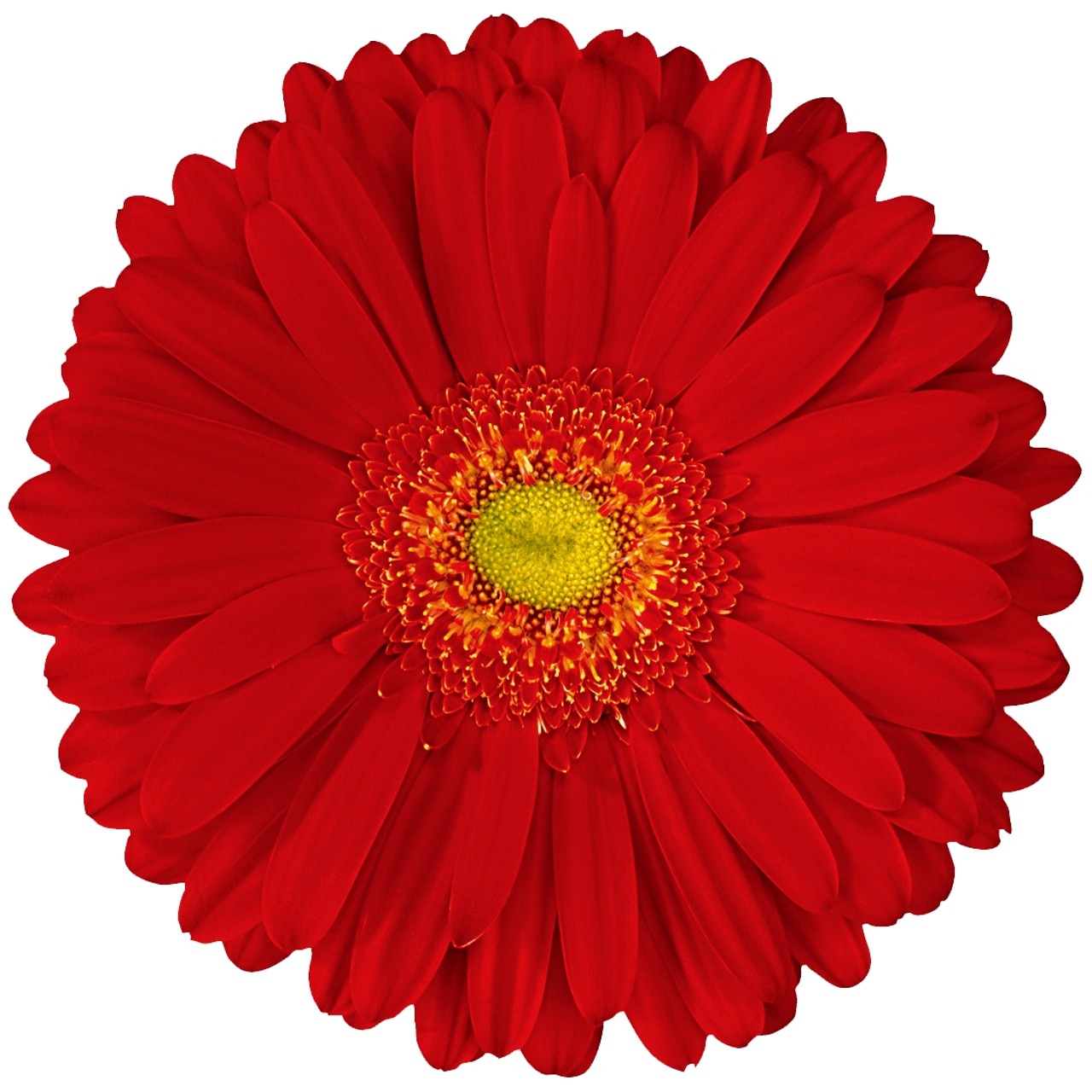African daisy
Family
Asteraceae
Native
Tropical Asia
Description
Gerbera Daisies are classic single bloomed flowers with hollow, leafless stems that are round in shape and resemble a sunflower or daisy. Gerbera daisies come in wide range of warm pinks, reds, oranges, yellows, and purples, plus a timeless white with a black center.
Leaves are all in rosette, elliptical with entire or toothed margin or lobed, petiolate or with a petaloid base, pinnately veined, often leathery and felted beneath.
Gerbera Alcatraz have vibrant Red flower.
Environment
Gerbera daisies thrive in rich, well-drained soil—in the ground or in pots. "These plants are vigorous bloomers, which means they require nutrient-rich soil.
These flowers bloom in the late spring and early summer and require plenty of sunlight to thrive. "They need full sun to grow, but do not like extreme heat.
Gerberas thrive in moist, fertilized soil. They need to be watered and drained regularly. Plant them so the crown is a 1/2 inch above the soil line in a well-draining site.. In warmer months, water gerbera daisies regularly, about once a week when the top inch or two of soil is dry to the touch.
When warmer weather arrives, fertilize your gerbera daisies with organic compost to help them grow. In the summer, feed them monthly by adding organic compost around the roots. Remove some of the bunched center leaves to allow in more light if they are getting bushy
Landscape Uses
Gerberas can be used as a focal flower or to add mass to arrangements and designs.





















